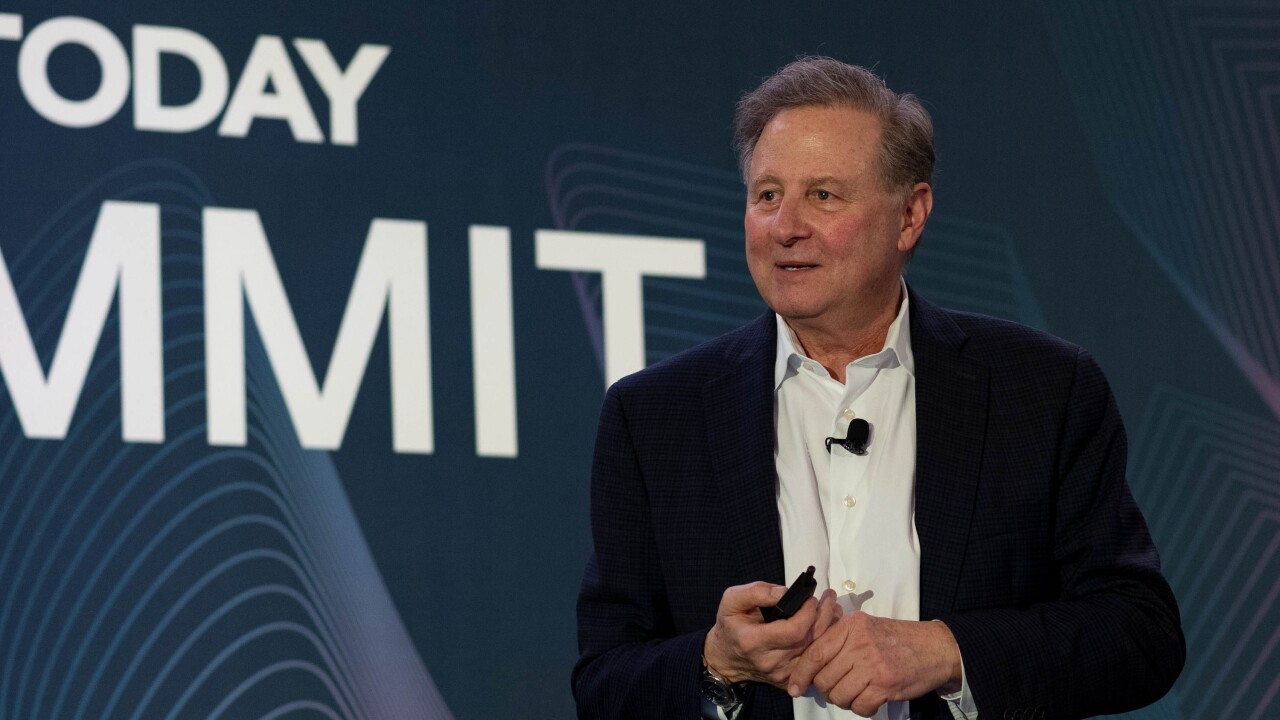A minimum viable tech stack does not mean a bad tech stack, and it certainly doesn't mean that it can't be leveraged strategically. An accounting firm running a bare bones operation with only that which is absolutely required can still find innovative ways to service clients and grow their business to the point where, perhaps, they can start moving at least a little past the minimum.
Part of it is selecting the right components of the tech stack itself. Joe Woodard, head of accounting education and coaching firm Woodard, said if a firm is starting off small with a stripped-down tech stack, they should make sure they have a good general ledger system that works for the specific circumstances and needs of the firm.
"Some general ledger solutions have practice management tools built into their accountant editions, while others were built for the accounting profession and are core to their DNA, though they may have started selling in B2B … If your plan is to delay getting a separate practice management solution until you grow a little bigger or have more complex workflows, that would be my answer," he said.
(Read more: "
Another way to be strategic with a minimal tech stack is to focus on an important non-technological aspect of firm development: relationships. No matter how big or small a tech stack is, accounting is ultimately a business built on client relationships, with the most lucrative generally being the long-term ones built on a strong foundation of trust.
"You could be strategic around a tax relationship. You can say, 'I want to do a tax return for you. Typically that would be $2,000 to do that return and give assurance that it'll stand up to a tax audit. How about you pay me $200 a month?' Now, instead of worrying about invoicing, you just do an ACH entry for $200 a month," said Randy Johnston, co-founder and principal at K2, an accounting tech consultancy.

He added that this makes it easier to calculate how many clients the firm needs to sustain itself because it just becomes a matter of dividing how much income the firm ultimately wants to make by the monthly fee. If a firm intends to make $200,000 that year, they will need at least 84 clients paying $200 a month.
Johnston has also seen single-person firms with limited tech stacks be strategic through outsourcing.
"And I know of people running their firm, one person, that's it, just one person, and they outsource everything else. So they have outsourced teams do all the CAS work, all the tax work, all the billing, they do everything. And all the partner does is interface with clients, deliver things, sell additional services," he said.
Meanwhile, Roman Kepczyk, director of firm technology with accounting-focused cloud services provider Rightworks, said practitioners operating with a minimal tech stack can still be highly effective in a specific niche. One mistake small firms make, he said, is becoming generalists who take on any work that comes their way. Someone in a very small practice with an essentials-only tech stack should instead seek to become an expert in something.
(Read more: "
"So let's say it's employee benefit plans — hen you build a tech stack for doing employee benefit plans, and you do a lot of them, so that that piece of software that you buy for guidance, in this case, audit guidance, is spread over multiple clients, and so it pays for itself," he said.
Regardless of how they do it, Johnston said that operating with a minimum viable tech stack does not mean being limited to minimum viable returns. In fact, he said, such setups can provide a great deal of flexibility and versatility compared to firms with larger and more established tech stacks.
"[They] absolutely can and absolutely should [think strategically], and in fact, they're probably in a better position to do it than the complex operations, because what the firms that are running minimally have to do is figure out what the clients want and really position the service as a value to the client," said Johnston.




